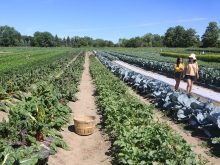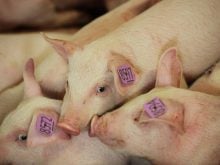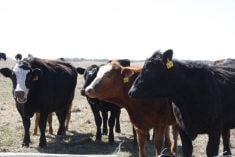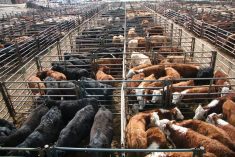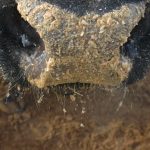Buying a wool garment can be expensive, but for many Canadian sheep producers the value of the wool barely covers the cost of shearing.
Outside a small cottage industry of spinners and weavers who select their own fibre, wool is considered a byproduct among lamb producers.
The market for coarse and fine wools has gained strength since January but the reality is Canadians raise sheep for meat, said Will Verboven, manager of the Alberta Sheep and Wool Commission in Calgary.
Wool prices had fallen as low as 20 cents a pound.
Read Also

Canada told trade crisis solutions in its hands
Canadians and Canadian exporters need to accept that the old rules of trade are over, and open access to the U.S. market may also be over, says the chief financial correspondent for CTV News.
“It was costing more in freight than we were paying the customer for it,” said Tony Haley, of the Canadian Co-operative Wool Growers based in Lethbridge, Alta.
This summer, wool fetched up to $1 per pound for clean fibre free of straw and vegetation. The best wool was 12 months growth.
Preferred breeds
Buyers are looking for fine wool from range breeds like Corriedale, Columbia or Rambouillet. Wool from domestic type sheep like Dorset or Suffolk earns about 60 cents a pound.
This country produces about one-tenth of one percent of the world’s wool supply and demand for Canadian wool is low. Canada produces about two million kilograms a year compared to the United Kingdom which handles about four million kg a month, said Haley.
Canadian wool isn’t as well prepared as in some countries and most of it is blended with fibre from elsewhere, said Haley.
Wool producers see their main competitors as cotton and synthetic fibre producers.
“If wool gets too expensive, manufacturers will switch to another fibre because they can buy it cheaper,” said Haley.
Wool production has dropped in Alberta because sheep numbers are down to about 130,000 breeding ewes. However, Saskatchewan’s flock is up by 15 percent and Manitoba’s is up 10 percent, so more wool is coming from those provinces.
Occasionally the co-operative handles other products like Angora goat fibre. It becomes mohair, a soft, fuzzy wool with a natural sheen. About 60,000 pounds of angora wool are stockpiled in a warehouse in Lethbridge.
Mohair became too high priced so people switched to cheaper fibres.
“It’s one of those syndromes where you can sell it for a ridiculously high price or you can’t sell it all,” said Haley. “That will swing around because there are some nice garments made of mohair.”
As the main buyer in Canada, the co-operative purchases fibre from across the country.
For the fiscal year ending Feb. 28, the wool co-operative reported one of its best years with sales of $4.2 million. A five percent dividend was paid to shareholders.
The co-op’s annual report said wool use around the world is under pressure because Europeans and Japanese are showing reluctance to buy high quality wool clothing.
In Alberta, wool is collected at Ponoka, Stony Plain and Lethbridge. It is then shipped by container to Ontario where it is bid upon and distributed. The containers hold up to 45,000 pounds of wool.





